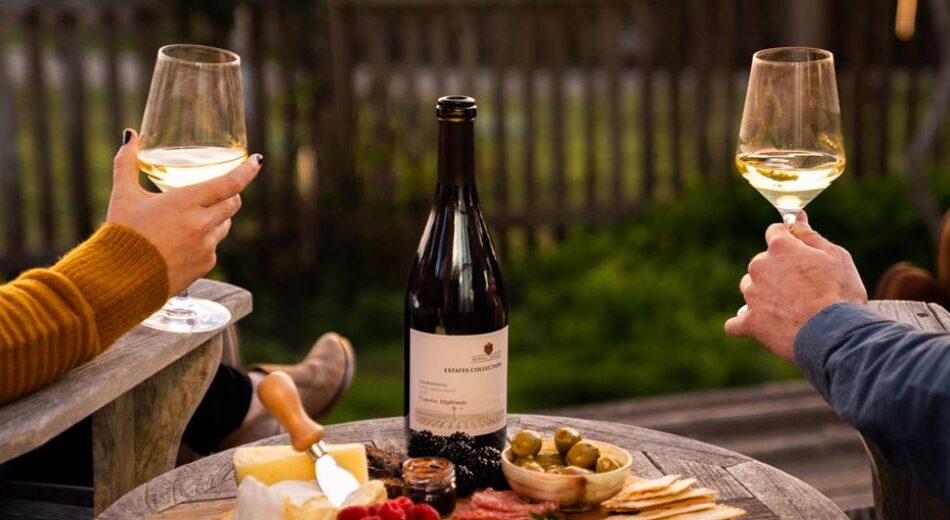Wine is a delicate beverage that should be handled with care and stored properly in order to preserve its flavour. From choosing the right storage temperature to the right glassware, here are five tips for storing and serving wine to help you get the best out of it.
Check the Temperature
The optimal temperature for storing a bottle of wine is between 45°F-65°F. Any variance from this range will affect the taste and the quality of your wine. If you keep the bottles in an area that is too warm, they could age more quickly, while if it is too cold, they may become too chilled, leading to loss of flavour. To maintain a constant temperature and prevent fluctuations in storage, invest in a specialized wine refrigerator or Cooled cabinet.
Keep Wine out of Direct Sunlight
Wine should be stored away from direct sunlight, even in specialized units with tinted doors and UV-blocking windows. Sunlight can damage the seal and label of the bottle, causing it to fade or even become unreadable over time. Too much light can also affect the taste by making it too sharp or acidic. To prevent these issues, store your wine in a cool, dark place that is out of direct sunlight.
Properly Store Your Wine
To ensure that your wine is stored correctly, purchase or build an underground or temperature-controlled cellar, at least partially filled with racks and shelves for the bottles. If these are not available, you can also store your wines in a cupboard or closet whose temperature remains relatively constant throughout the year. Be sure to store bottles on their sides so that the cork stays moist; otherwise, air can get in which can oxidise the wine over time and make it unsuitable for consumption.
Choose the Right Wine Glassware
Choosing the right glassware is essential to properly serve and experience your wine. Different types of wine require different glasses so it’s best to have a collection of various shapes and sizes on hand for any situation. Red wine glasses should be larger since red wines need more air in order for their aromas and flavours to fully blossom. On the other hand, white wines should be poured into smaller glasses that expose less surface area of the wine in order to preserve its crispness and cold temperature.
Decant Wines that Need to Breathe
While white wines can be served right away, red wines should usually be decanted before they are served. Decanting involves pouring the wine from the bottle into a carafe and letting it sit in the air for a while before serving. Doing this properly helps to separate any sediment that may have formed in the bottle and helps open up the aroma and flavour of the wine. It also looks incredibly classy when done visually at the table.

